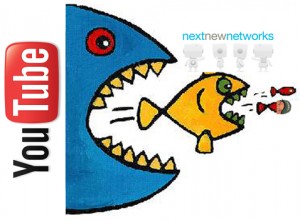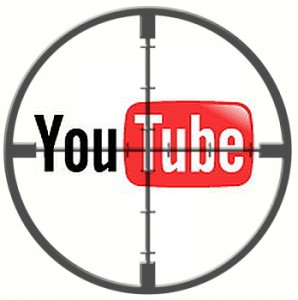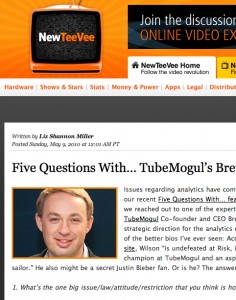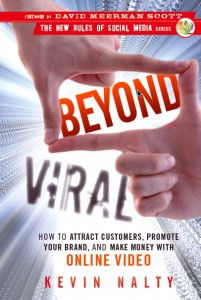First- the disclaimers. I share in advertising revenue from YouTube. And I’m a content partner for Next New Networks, but not an employee or quite the size of these guys. I’m just some marketing clown with a video camera, no writing staff, but 175 million views. Big deal. My blog’s still ugly.

So I’m not privileged to any discussions between YouTube and Next New Networks, and know nothing more about the alleged acquisition than I’ve read here. While I have been aware of rumors of someone acquiring NNN for a couple months, I didn’t even seriously consider the possibility that Google/YouTube would buy it. So it was fresh news to me when I got a text from ZackScott today (he wanted to brag about his recent GoogleTV gift, and how he’s become a bigger sellout than me).
My thoughts on the potential of a deal. First, “Why It Makes Little Sense At First Glance”
- YouTube took Google far out of its core competency (from search machine to platform)… Next New Networks is another dangerous stretch. A real stretch. I worked for an Internet agency that was accidentally purchased by a telecommunication firm. That kind of stretch.
I can only imagine some of the conversations between the right-coast, roight brained NNN gang and the left-coast, left-brained engineers. It could be like a toaster trying to talk to a boom box.
- YouTube already has deals with many content creators, so I’m not sure what it’s getting beyond some bright leadership, a library of content to monetize in new ways, and some production/marketing experience.
- The relationship is strong between YouTube and NNN, so how is this strategic enough to offset the perceptions that Google is now encroaching on the content space? Could this send the networks a signal that Google is now a competitor to networks and studios?
Why It Makes Great Sense
- I’ve written before that Madison doesn’t like YouTube (click to read “How Madison Avenue is Killing YouTube“). And there needs to be a buffer between creators and agencies. NNN could play a valuable role in buffering agencies from touching the YouTube rose’s engineering thorns… if YouTube/Google allowed it.
- The control of NNN content will give YouTube a sandbox to try new content-delivery models via phone, television and mobile. It’s a sandbox but with real humans.
- There’s a name for this. It’s called vertical integration, and it can be healthy as long as it’s not creating a monopoly (which clearly isn’t the case here). Owning a network can help YouTube engage with other networks more effectively. A simpler example: if I run a line of beauty products, its worth owning one salon… I get real-world experience that rivals laboratory R&D, and it can inform my products.
- This provides YouTube a presence on the East Coast (where most of the budgets originate) that is more meaningful than a sales office. Sponsored content, I believe, will be bi-coastal.
- It could be a step toward better content partnerships. CEO Fred Seibert is a producer of some of Cartoon Networks greatest shows, and a former MTV creative director. So he’s got some clout in the entertainment world that can make/break YouTube. Having network experience inside Google will help Google be less aggressive with the advertisers YouTube needs to court. Oh, and by the way… NNN is one of the few web studios that has endured the implosion of the “New Establishment” (the name I used in my book to refer to emerging studios).
I think I sufficiently hedged this post so that I retain rights to say “I told you so” if this deal is a great success, and hires me… or if it flops insanely.
What do you think? Or don’t you care? See this is my problem… when amazing news like this breaks, nobody in my IRL circle cares. Folks at my client and in my family don’t give a rats ass, so I need to work it out here.





